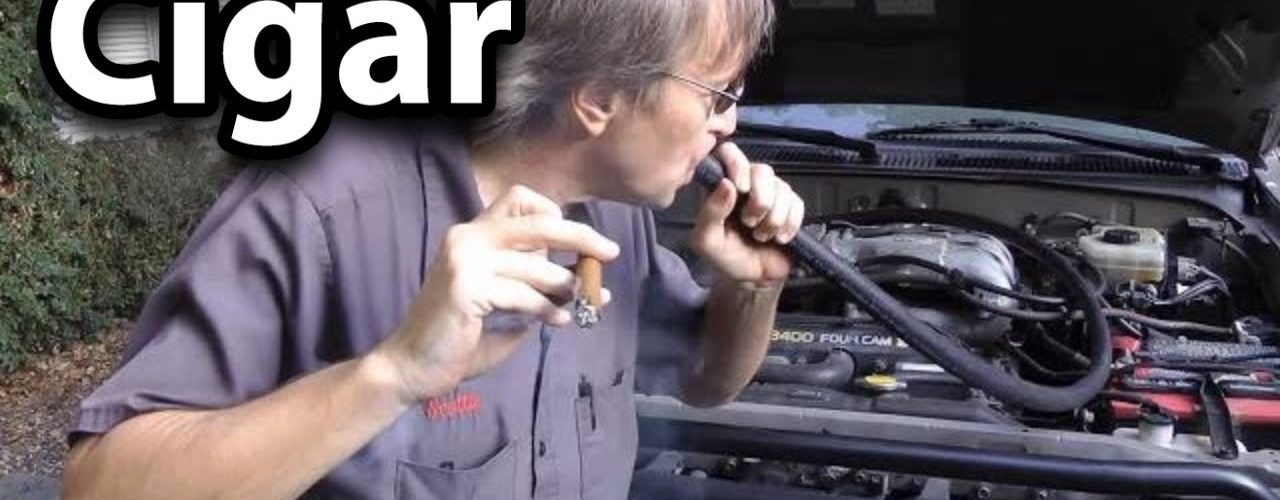Vacuums have the ability to be adjusted for any floor surface height, which is why they are one of the most popular options for cleaning any flooring surface. Having a leak in a vacuum can drastically set back your cleaning process. Having the ability to find the leak, and fix the problem will allow you to finish the job in a short amount of time. A leak in a vacuum is relatively easy to fix once the hole has been located. You will need a Phillips and flathead screwdriver, duct tape, rubber cement, and a replacement bag for the vacuum.
A leak in a vacuum is most obvious when the machine fails to remove dirt and debris from the flooring. The first thing you should do to repair a leak, is to inspect the vacuum. A leak will most likely occur within the tubing of a vacuum. There are several places in the tube where it is possible for a break or crack to occur. The tube may also disconnect from the rest of the machine, creating a much simpler leak to fix, and typically a more obvious source during inspection. Inspect the vacuum bag to make sure it is still intact and attached to the opening. A tear in the vacuum bag could be a definite cause of a leak, and is usually the easiest to spot. If the leak is present in this location, all of the dirt from inside of the bag will be all over the vacuum and possibly back onto the floor. If you find the leak at this step, than you will be able to fix it, and immediately continue using. If you do not find the source of the leak, continue to the next step.
If you cannot find the leak easily, you may need to take apart the vacuum to some degree. The leak is most likely somewhere in the hose, so it is best to begin with the hose to find the problem. Begin at the point that the hose connect with the agitator. A loss of suction is usually caused by some type of break in the hose, so following the hose from the agitator to the bag will give you the best opportunity to locate the leak. You may have to use the screwdrivers in order to remove some of the small components and casings to properly expose the hose. Pay special attention to areas on the vacuum where the hose connects to other things; i.e. bag and agitator, as this is a common area for the hose to break away.
By following the hose, you will most likely find the source of the leak, and need to take action to quickly remedy the problem and continue on your cleaning process. IF the break is in the hose in a middle area, using duct tape as a patching method will be a good solution. Simply wrap several layers of duct tape around the hole. Before you put the vacuum back together, give it a short test sweep to make sure fixing that hole solved the problem. More holes may be present, so finding them before you put the vacuum back together will save you a lot of time and frustration. If the hole is located at an area of attachment, use rubber cement to fix the problem. Apply rubber cement evenly around the outer lip of the hose, and gently stick it back into the connection joint. Rubber cement dries pretty quickly, but you may want to wait a minute or two before you start the vacuum back up. For additional support to the hose, you may also consider adding duct tape around this area. Although it is not necessary, adding duct tape to a disconnected joint will give additional support to the joint, thus lowering the possibility of a disconnect from the same location in the future.
After you fix the leak in the vacuum, try sprinkling some baby powder or a similar product on the floor and sweep it up. Any leak will cause the powder to leak out, leaving a mark over an existing hole, which makes it easier for you to identify. This may or may not work at an earlier stage in the repair process, depending on how much suction your vacuum still has with the leak present.



